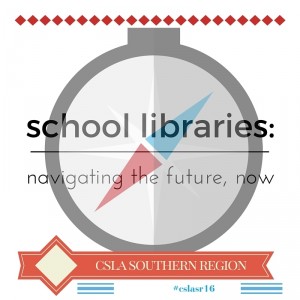 Welcome back to school for the fall semester! Reflection is an important part of learning. You will be using your blog to share some of your learning throughout the semester or school year.
Welcome back to school for the fall semester! Reflection is an important part of learning. You will be using your blog to share some of your learning throughout the semester or school year.
What is a blog? A blog may be described as a conversation…
A blog is short for “weblog” and can be many things, from an online diary, a site for entertainment or news, a business may use it to gain feedback from customers, or a blogger may wish to communicate with a larger audience through their blog. But, what makes a blog different from a traditional website? While a traditional website seeks to provide the reader with information, a blog is essentially an online conversation about that information. In the age of texts, tweets, Instagram, Facebook, Vine and other sites, people don’t want to simply consume information they wants to talk about it.
A blog is composed of a list of “posts,” typically organized in reverse-chronological order (the newest post being at the top of the page) allowing readers to provide feedback by contributing “comments” to the post. Other readers might provide feedback to the original post or to comments made by other readers – this is the conversation that makes a blog what it is.
Blogs have become a popular teaching tool at colleges/universities where intellectual exchanges inside the classroom can now continue into the digital realm. Blogs, however, aren’t just a tool for the classroom. Admissions departments across many universities use blogs to engage incoming students, allowing them to form virtual communities before they step foot on campus. Speaking of blogging software, while there are many great options for blogging platforms on the internet, Edublogs has become one of the most respected throughout the educational community.
You will be creating your own blog! You will be able to personalize it with some guidelines about respecting privacy as well as instruction about what it means to create academic posts. Follow the information here at Edublogs to create your own and give me the address so that I can link the class using a “blog roll.”
Let’s get started!
